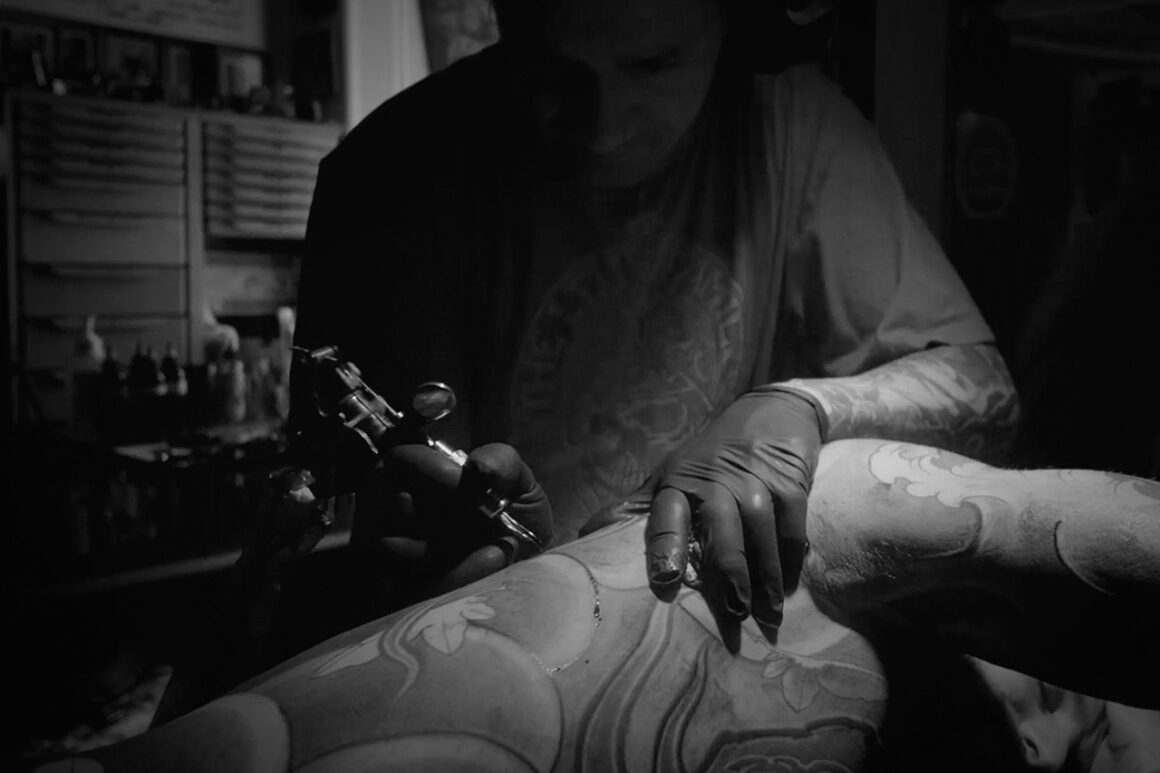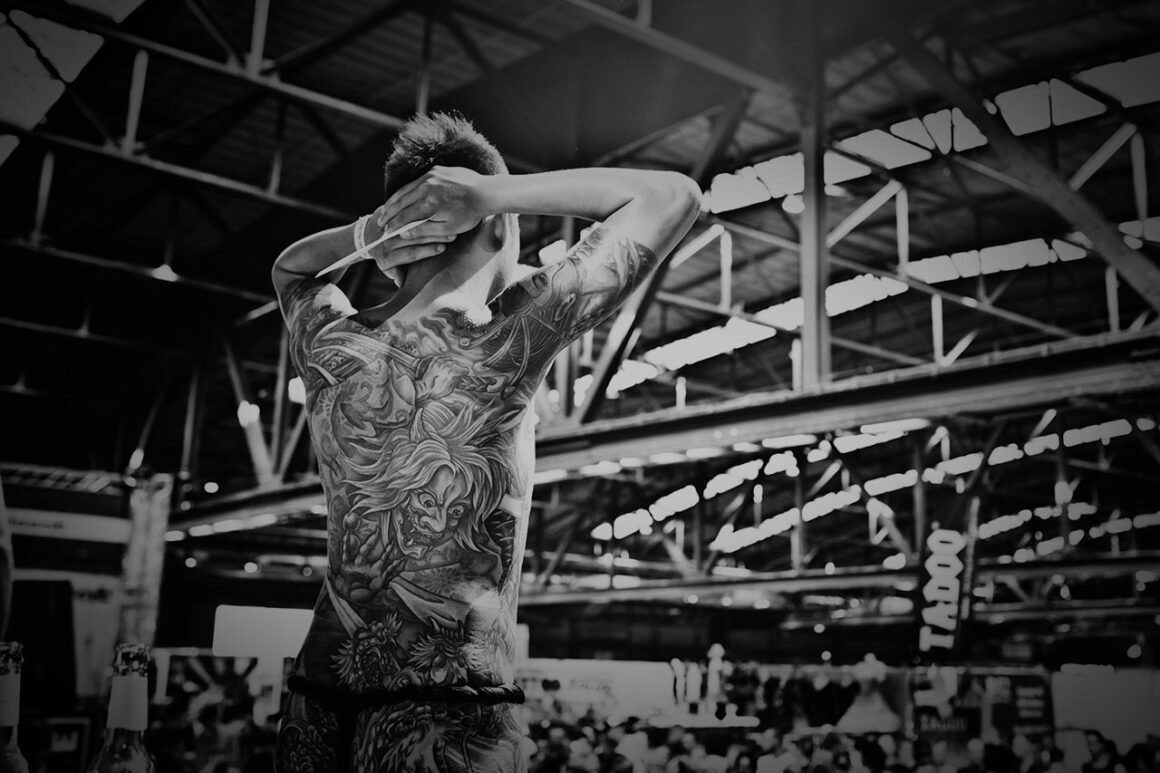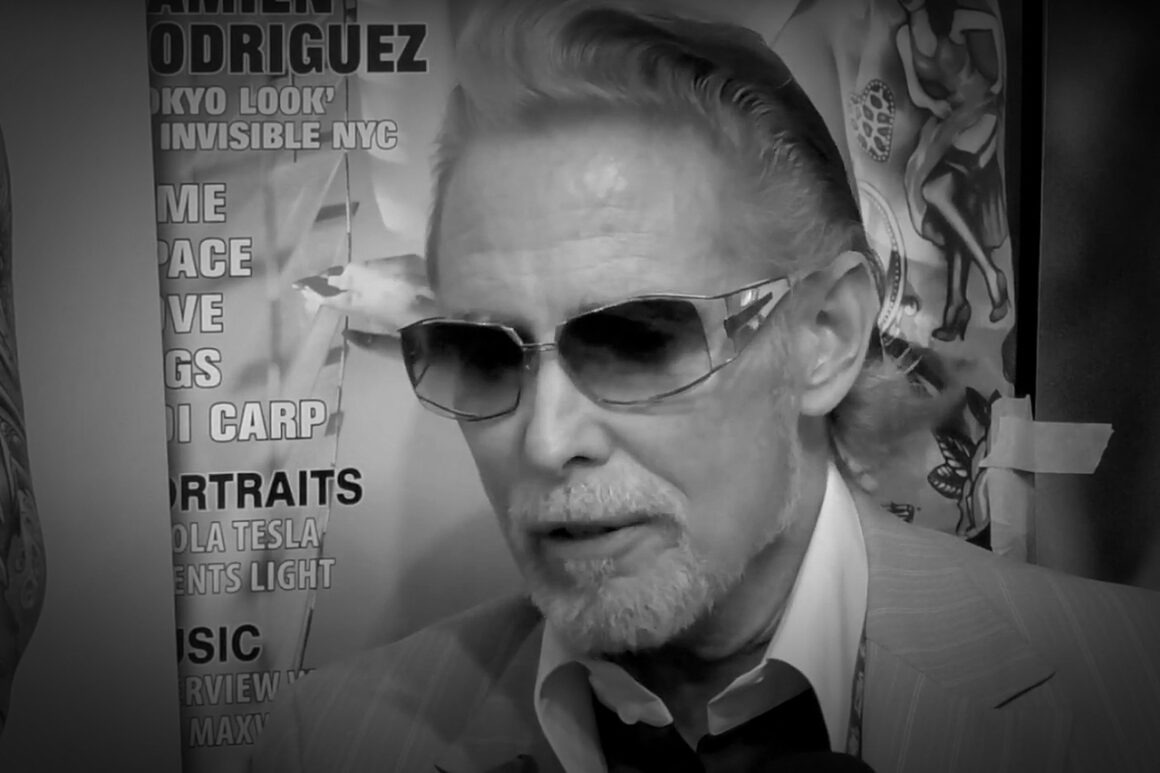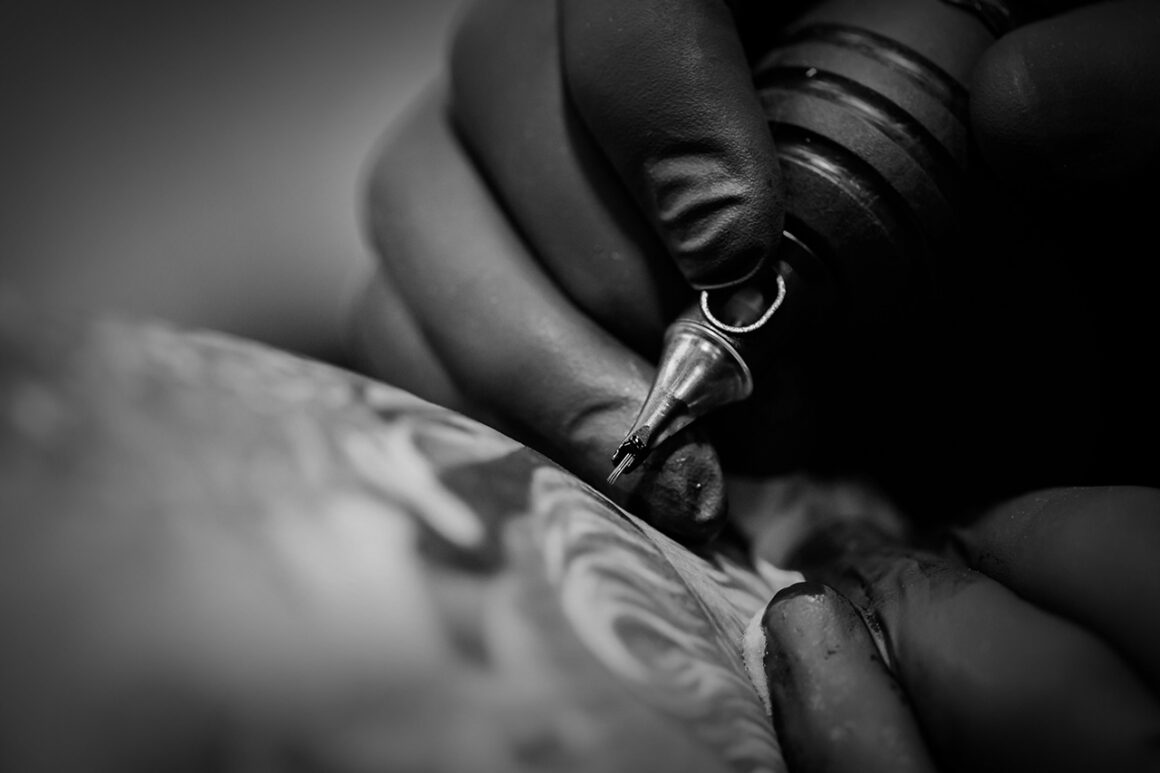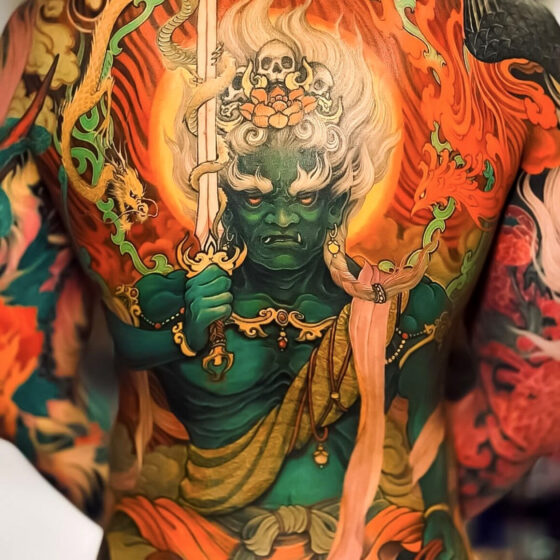Guillermo Lorca García-Huidobro was born in 1984 in Santiago del Cile. His mother Beatriz García-Huidobro was an established writer.

Guillermo showed an interest for art from an early age and began painting at the age of eight. Once he had finished school he enrolled in a Bachelor of Arts at the Catholic University in Chile, but his appreciation for the canonical path of artistic studies soon faded as he himself became aware of his lack of progress in the technical skills he was then so eager to acquire.

So in 2006 he dropped out of university to devote himself to learning through a more hands on approach. He moved to Norway where he became apprentice and assistant to Odd Nerdrum, a Post Modern painter, Swedish by birth, inspired by Rembrandt and Caravaggio.

In 2007 Guillermo returned to Santiago del Cile where he had his first personal show “Diebushka” at the Galeria Matthei. From 2009 to 2010 Guillermo was busy painting gigantic mural portraits for the Baquedano subway station in Santiago which made him the youngest artist to exhibit in the subway.

These six murals portraying ordinary Chilean people can still be seen in the corridors of the Baquedano subway station.

Not yet twenty years of age, Guillermo embarked on a series of other grandiose street art projects while simultaneously working on solo shows. In 2013 he took part in Art Spot in Miami and in the same year played a part in the film “Summer of the flying fish” directed by Marcela Said.

The plot centres on the long term conflict between the native Mapuche people and the white landowners of European origin. It previewed at the Cannes Film Festival and in the movie Lorca plays himself. In the years that followed he continued to exhibit his work right up to 2018 and his solo show “Nocturnal Animals” at the National Museum of Fine Arts.

That was the year he also took part in various group shows, in Italy and Spain too, and the year after he was in London for a hugely successful solo show curated by Swiss art dealer and collector Simon de Pury in the headquarters of the luxury brand Asprey.

The work of Guillermo Lorca is almost always on a large scale and the result is majestic, alluring, a cocktail of influences mixing Baroque and Renaissance with a dash of Surrealism and Fantasy and a common thread winding between sensuality and violence.

The scenes and subjects are wrapped in a layer of mystery, rooms steeped in an atmosphere which is disturbing and gives the impression that something macabre is about to happen or perhaps has just occurred. The natural scenery is equally imbued with high theatricality. Innocent little girls surrounded by the carcasses of game, harmless gigantic cats or large fierce felines, packs of dogs, unmade beds and milky floods.

It is impossible to make any sense of this combination of images and it is precisely the difficulty of connecting such diverse elements which intrigues this artist, the search for an interconnection between the dissonances so that in the end it all plays in perfect harmony.

Critics have often defined this artist a hyperrealist – given his mastery and the details which make up the scenes, it feels almost like looking at an old photograph. But Guillermo Lorca rejects the label and proclaims himself to be worlds away from the photographic hyperrealism of contemporary painting and none to close to conceptual art.

The subjects and scenes are presented in a manner reminiscent of Realism, yet in terms of style what the artist aims for is closer to Surrealism, something which therefore only exists in dreams, nightmares, or parallel universes, just as long as it is far from the real world.

Like in fairytales, each painting has its own narration. These are fairytales invented and told by the artist in an attempt to transport and capture much of human sentiment within his paintings. Lorca applies his flair for the language of the unconscious to speak to the observer who cannot but perceive the sensuality, death and paranoia which animates these great altarpieces.

Paranoia in particular has dogged the artist from an early age and he admits that he has suffered from persecution complex, anxiety disorder and always had a controversial relationship with the subject of death.

Over the years he has learnt to live with such feelings and developed a system for exorcising them, impressing them in his paintings and expressing himself through his marvellous art. Guillermo Lorca lives and works to this day in Santiago del Chile.
